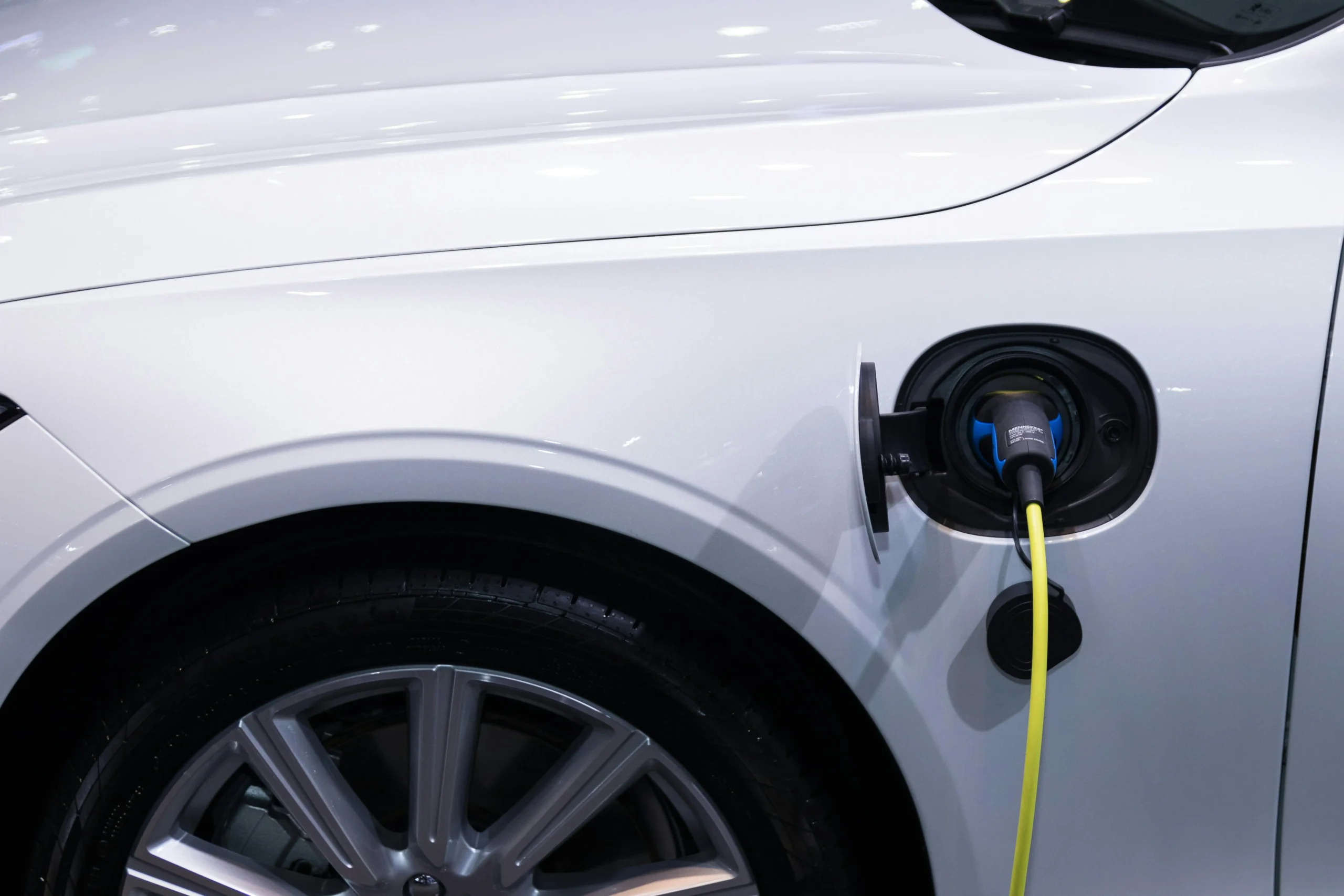Electric vehicle possessors are among the most passionate lawyers for energy conservation. They partake in our zeal to save energy (and money), push the envelope of invention, and live responsibly on the earth. Since a large number of Sense users own electric cars and charge them at home, we’ve prioritized including EV charging in the Sense app.

However, you might see the increase in your mileage bill from EV charging and assume that your auto’s diurnal charge is like a large gemstone thrown into a small pond, if you’re an EV proprietor. It must make big, conspicuous ripples in your home’s energy patterns. After all, your EV uses quite a snip of electricity over a relatively lengthy period, depending on the car.
Still, electric vehicles are among the trickiest biases in the home’s energy world. Our data wisdom platoon has spent numerous hours modeling the energy autographs of EVs to make sure they’re honored in the Sense app. It’s been a fascinating and grueling trip, with precious feedback and input from Sense guests who enjoy EVs. How can you recognize an Electric Vehicle?
What does an Electric Vehicle’s Energy Signature look like?
The typical EV energy hand ramps up over several seconds, situations off to a steady charging table, and also wind down before shutting off. A typical Tesla Model 3 that’s charged using a position 2 bowl plugged into a 30A/ 240V outlet, for case, takes 20-30 seconds to get up to roughly 7.2 kW, stays at that position for numerous hours (7.2 kWH for 8 hours gives about a 200-mile pasture) and also gradationally ramps back below before switching its charger off.
By comparison, the typical appliance in the home turns on in a bit of an alternate and switches off just as snappily, making a hand with the distinctive launch and stop patterns.
You might anticipate that each automaker would regularize their charging technology across models, but they don’t. Our guests drive about 40 different makes and models of electric vehicles and each bone has its unique hand. The same manufacturer may use different approaches for each model and time, as you can see with the BMW and Chevrolet energy autographs below.

How can you recognize an Electric Vehicle?
how can you identify an electric vehicle? By assaying thousands of EV energy autographs, we know that there’s tremendous variability in charging patterns. The original phase when charging begins and the energy demand ramps up can last from a couple of seconds to a nanosecond. The wattage demands can vary from 1200W to 12kW, depending on the EV bowl and the outlet. During charging, some EVs draw energy at a steady, indeed rate, while others change their energy demands over time. At the end of a charging session, some EVs stop charging suddenly, while others, like the Nissan Leaf, wind down over hours.

Types of Electric Vehicles
EVs are not yet available in quite the same breadth of shapes and sizes as gasoline-powered vehicles, but it’s getting close.
- Sedans: This is the most energy-effective design, and you will get the most range for your money in this style. The Tesla Model 3, Hyundai Ioniq 6, Polestar 2, and Lucid Air are a few well-known models. Additionally, you could include the Nissan Leaf and Chevy Bolt, which resemble hatchbacks, in this group.
- Compact SUVs / crossovers: The most popular car type in America, offering less weight and cost compared to a larger vehicle while still having higher ride height and payload space than a sedan. As the cost of batteries falls, crossovers are becoming a veritably common style for EVs. Some superior models involve the Tesla Model Y, VW Id.4, Hyundai Ioniq 5, and Ford Mustang Mach-E.
- Large SUVs and trucks: Just like gas-powered vehicles, bigger EVs have worse avail. That means a bigger battery pack to save the range which also means an important, much-advanced purchase price. But if you want redundant room for passengers or weight, there are now several large EVs to choose from. Superior models include the Ford F-150 Lightning, BMW iX, Rivian R1T, and R1S, and of course the Hummer EV.
- Wagons and vans: These are difficult to discover in the US. One of the Audi e-tron variants skirts the line between a cubical SUV and a lifted cart. The Porsche Taycan comes in a cart variant. The closest you will get to an electric minivan is the Chrysler Pacifica Plug-In Mongrel. And the VW ID. Buzz is an ultramodern each-electric take on the classic VW Bus, though it’s not presently available in the US.
How much do EVs Cost?
In general, EVs bring further to buy than gas-powered vehicles of an analogous style. The ever-popular Toyota Camry midsize sedan starts at $26,320, while the midsize Tesla Model 3 starts at $40,240, for example. And the best-dealing Honda CR-V crossover starts at $28,140, while the also-shaped VWID.4 starts at $40,290.
But a bunch of EVs are eligible for a massive $7,500 tax credit, and many states and utility companies offer rebates or other incentives worth anywhere from a few hundred to a few thousand dollars. (You can check for programs in your area at the Database of State impulses for Renewable Energy, aka DSIRE, and Electrek maintains a thorough list as well.) Impulses can knock further than five numbers off the purchase price of some EVs including the models we mentioned over, which makes them largely bring- competitive with analogous gas-only models.
The continuance costs of energy and conservation also tend to be significantly lower for EVs than for gas cars. This is specifically probable if you retain reasonable electricity, like from rooftop solar panels.